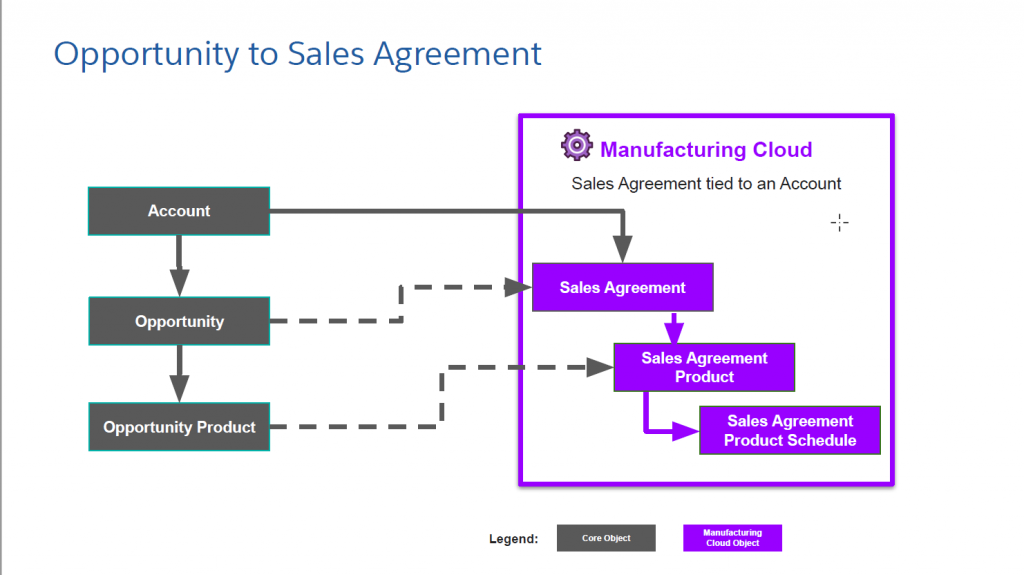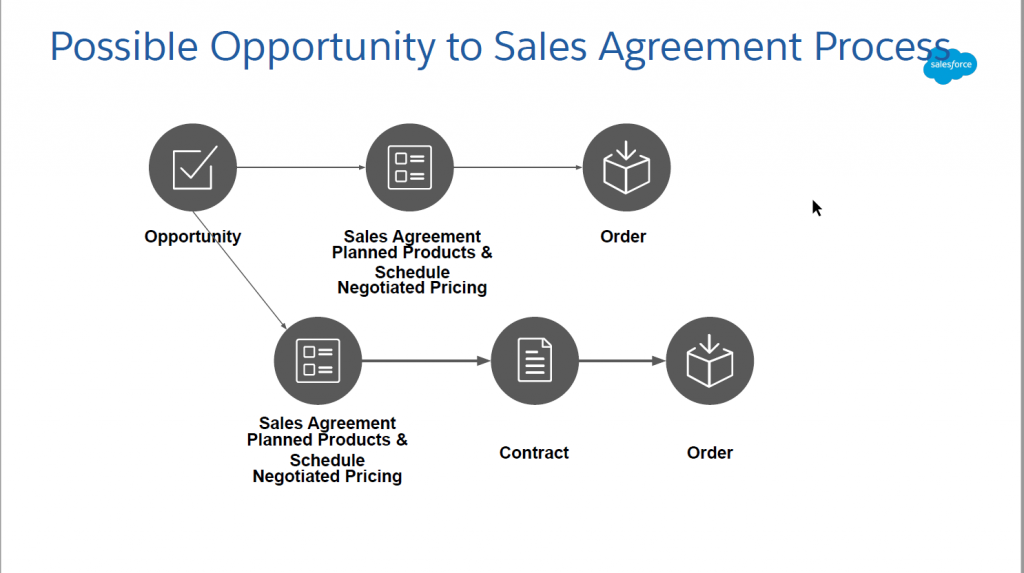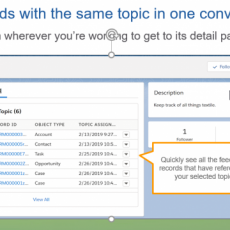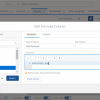If you are a manufacturer using Salesforce, one of the questions which would be on top of your mind is how do I manage our run rate business in Salesforce? Now run rate business is managing the accounts with whom you have an existing contract for multiple years and all you have is orders from them which get captured in your ERP system. So the question your sales teams wonder is How are we doing on these contracts? Are we on target every month with the contracted values and how do we proactively act on deviations? Prior to manufacturing cloud, most of the companies would end up creating opportunities from your orders from ERP or just populate orders in Salesforce from your ERP system. So the answer to this question is the Manufacturing cloud. So How do you get started, what to look up for and how do we show quick value to your business prior to a full-blown implementation?
Differentiate your Run rate business with New and Existing Business process
Before starting on a manufacturing cloud implementation, it is very important to sit with your business and identify the business process for your run rate business Vs New business. For some manufacturers who might have to sell bigger opportunities, cross or upsell products, leveraging opportunities make sense. But for run rate business, leveraging opportunities does not make sense. So enter Sales Agreement which is the standard object in Manufacturing cloud which has to be leveraged.
What do we do if you were using opportunities for your run rate? You can do the following options.
- Create a 1 to 1 mapping between opportunities and Sales agreement and use them.
- Migrate opportunities to sales agreements and retire opportunities going forward.
Strategy for Product, Pricebook and Orders.
The below is the ERD for Sales agreement and Account forecast in Manufacturing cloud
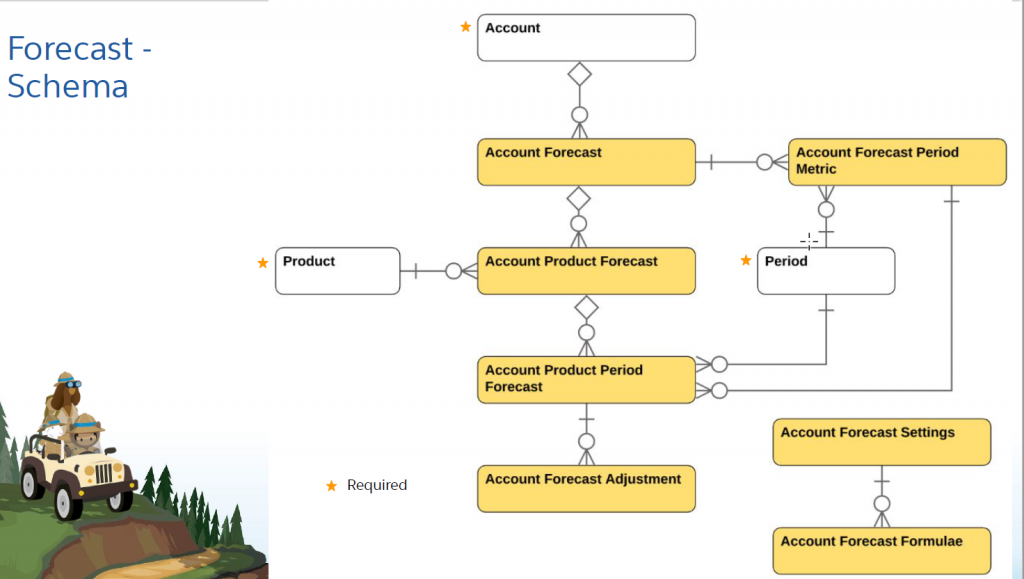
Sale Agreement Schema 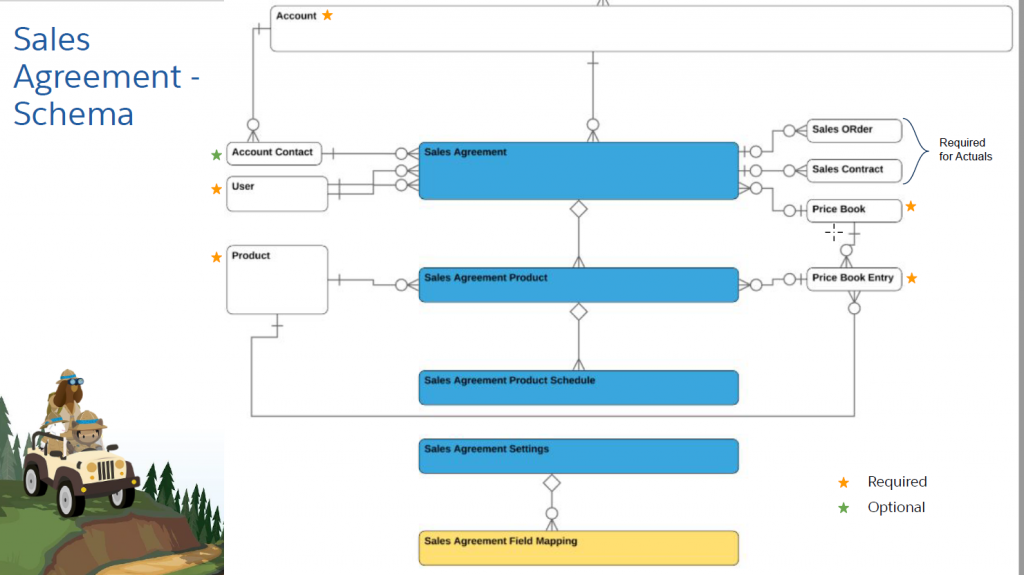
Account Forecast schema
The below images shows how your account, opportunity objects maps to the manufacturing cloud sales agreement object. If you extend it further, it will map to a contract and order standard object.
One of the key points for a manufacturing cloud implementation is to start with a complete set of products, price books, and opportunity products to get the actual value of the full-blown product. Now, this would involve dependency with your ERP system where your products catalog may not be fully loaded in Salesforce. This would involve a huge amount of time for integration, determining prices, and move the data from your ERP to Salesforce. So here are the options to consider for quicker implementation.
- Start with a minimal product, price book, and opportunity product data. Here are some guidelines for it.
- Consider the highest product category which has minimal products to implement.
- Consider a business unit that has minimal products and price books
- Have a strategy for syncing the product data in salesforce with the ERP system.
- Manufacturers who use just one product and one price-book due to complexities on product catalog, consider a data migration for minimal products and price books to be used for the first implementation.
- Do not consider the historical creation of sales agreements and plan to use sales agreements for orders in the future.
- Create Sales agreements one time and have a plan to sync it with your ERP contracts.
- Change the integration process to create orders and sync it with Sales agreements.
For Full blown implementations, You can consider the following.
- Data migration for historical records for sales agreements.
- Completely load the entire product, price-book, opportunity products for previous years, and order and order products links for previous years.
- Change the integration process to handle the syncing of sales agreements from ERP to Salesforce and handle modifications.
To summarize, here are the key considerations for Manufacturing cloud implemenation.
- Clearly differentiate run rate business with other businesses and have a strategy for opportunities.
- Start with a quick implementation with minimal products and price book data
- Have a plan for ERP system Integration and identify impacts of changes for the short and full-blown implementation.
As always, feel free to email me at buyan@eigenx.com for further questions. I would be happy to share a Manufacturing cloud Assessment Kit that will help you to get started with the Manufacturing cloud quickly.
Please subscribe
Subscribe to our mailing list and get tips to maximize salesforce to your email inbox.
I am honored to have your subscription. Stay tuned for tips to maximize your salesforce investment
Something went wrong.
